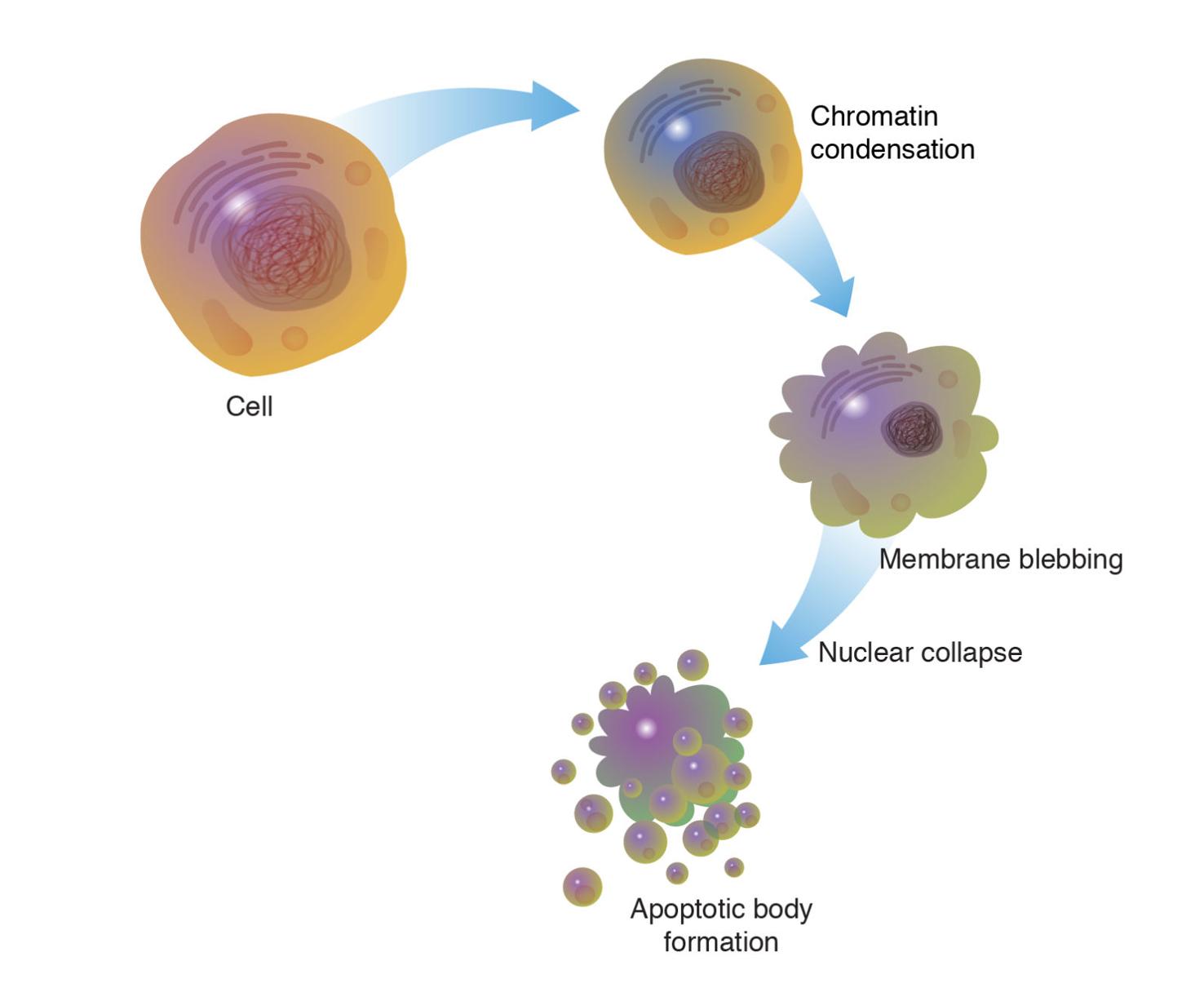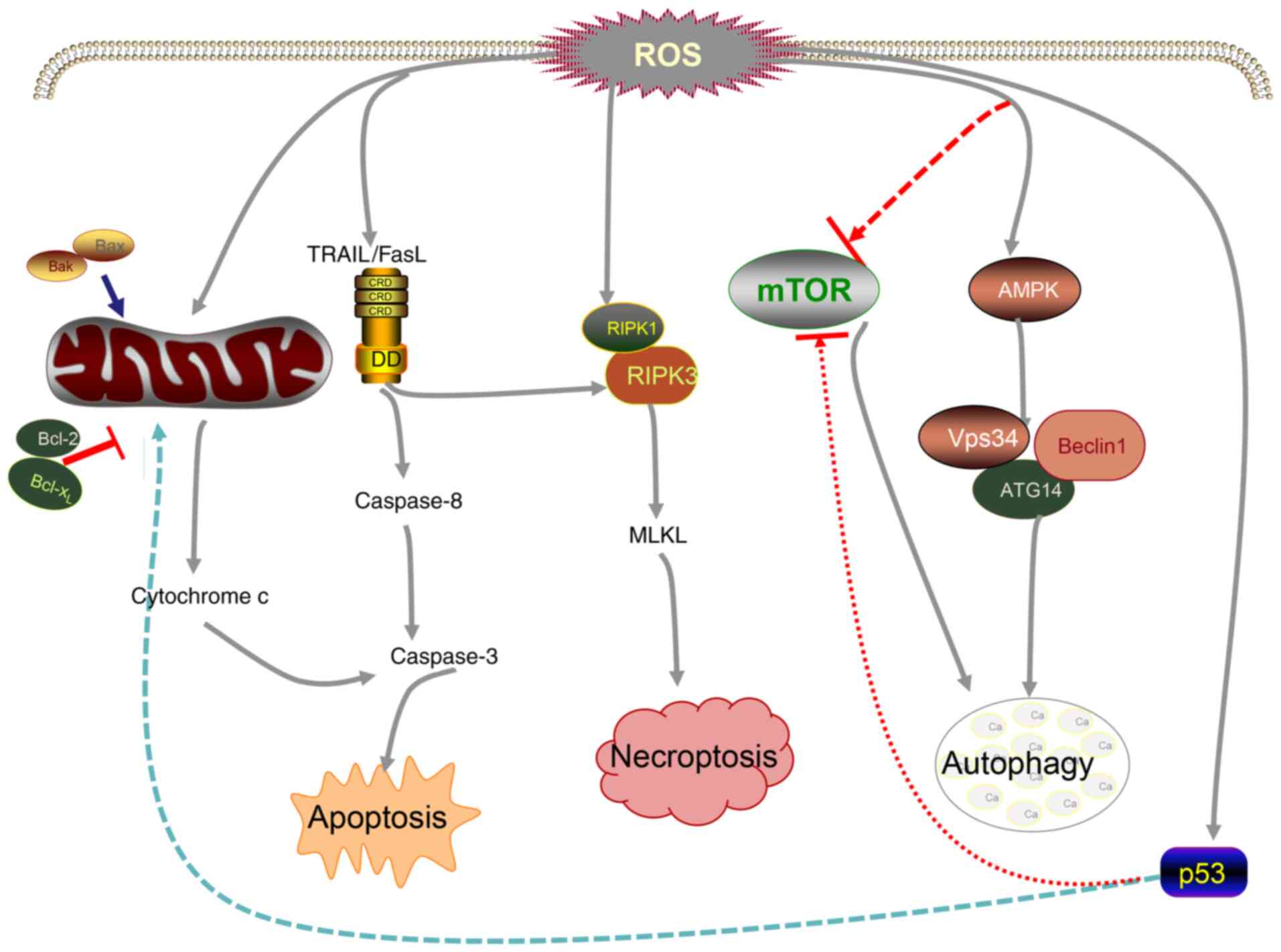Programmed cell death Cancer biology Biology Diagrams Tissue homeostasis requires a balance between cell proliferation and death. Apoptosis and proliferation are linked by cell cycle regulators, and apoptotic stimuli affect both cell proliferation and death. Glucocorticoids induce G1 arrest and apoptosis in transformed lymphoid cells. Decreased express …

In multicellular organisms, cell proliferation and death must be regulated to maintain tissue homeostasis. Many observations suggest that this regulation may be achieved, in part, by coupling the process of cell cycle progression and programmed cell Abstract. Apoptosis and proliferation are intimately coupled. Some cell cycle regulators can influence both cell division and programmed cell death. The linkage of cell cycle and apoptosis has been recognized for c‐Myc, p53, pRb, Ras, PKA, PKC, Abstract Apoptosis and proliferation are intimately coupled. Some cell cycle regulators can influence both cell division and programmed cell death. The linkage of cell cycle and apoptosis has been recognized for c-Myc, p53, pRb, Ras, PKA, PKC, Bcl-2, NF-kappa B, CDK, cyclins and CKI. This review summarizes the different functions of the proteins presently known to control both apoptosis and

Cell cycle and apoptosis Biology Diagrams
The tumor suppressor protein p53 is a crucial regulator of apoptosis and other cellular processes. Activated in response to DNA damage, p53 functions as a transcription factor, inducing pro-apoptotic genes and promoting apoptosis or cell cycle arrest. Programmed cell death, or apoptosis, is a highly regulated process used to eliminate unwanted or damaged cells from multicellular organisms. The morphology of cells undergoing apoptosis is similar to cells undergoing both normal mitosis and an aberrant form of mitosis called mitotic catastrophe. Dur … First identified in the 1970s, apoptosis was considered parallel to mitosis. Many years later, apoptosis is defined as the ATP-dependent, enzyme-mediated, genetically programmed death of cells that are either no longer required or pose a threat to the organism. Apoptosis results when the cytoskeleton (by proteases) and DNA (by endonucleases) break down through several pathways that are

Abstract In multicellular organisms, cell proliferation and death must be regulated to maintain tissue homeostasis. Many observations suggest that this regulation may be achieved, in part, by coupling the process of cell cycle progression and programmed cell death by using and controlling a shared set of factors. An argument in favor of a link between the cell cycle and apoptosis arises from Apoptosis is an evolutionarily conserved 'suicide' programme present in all metazoan cells. Despite its highly conserved nature, it is only recently that any of the molecular mechanisms underlying apoptosis have been identified. Several lines of reasoning indicate that apoptosis and cell proliferation coincide to some degree: many oncogenes that promote cell cycle progression also induce

Cell Cycle and Apoptosis Biology Diagrams
Abstract Tissue homeostasis requires a balance between cell proliferation and death. Apoptosis and proliferation are linked by cell cycle regulators, and apoptotic stimuli affect both cell proliferation and death. Glucocorticoids induce G1 arrest and apoptosis in transformed lymphoid cells. Decreased expression of the cell cycle components c-myc and cyclin D3 is essential for glucocorticoid
![apoptosisのイラスト素材 [12433723] Biology Diagrams](https://t.pimg.jp/012/433/723/1/12433723.jpg)